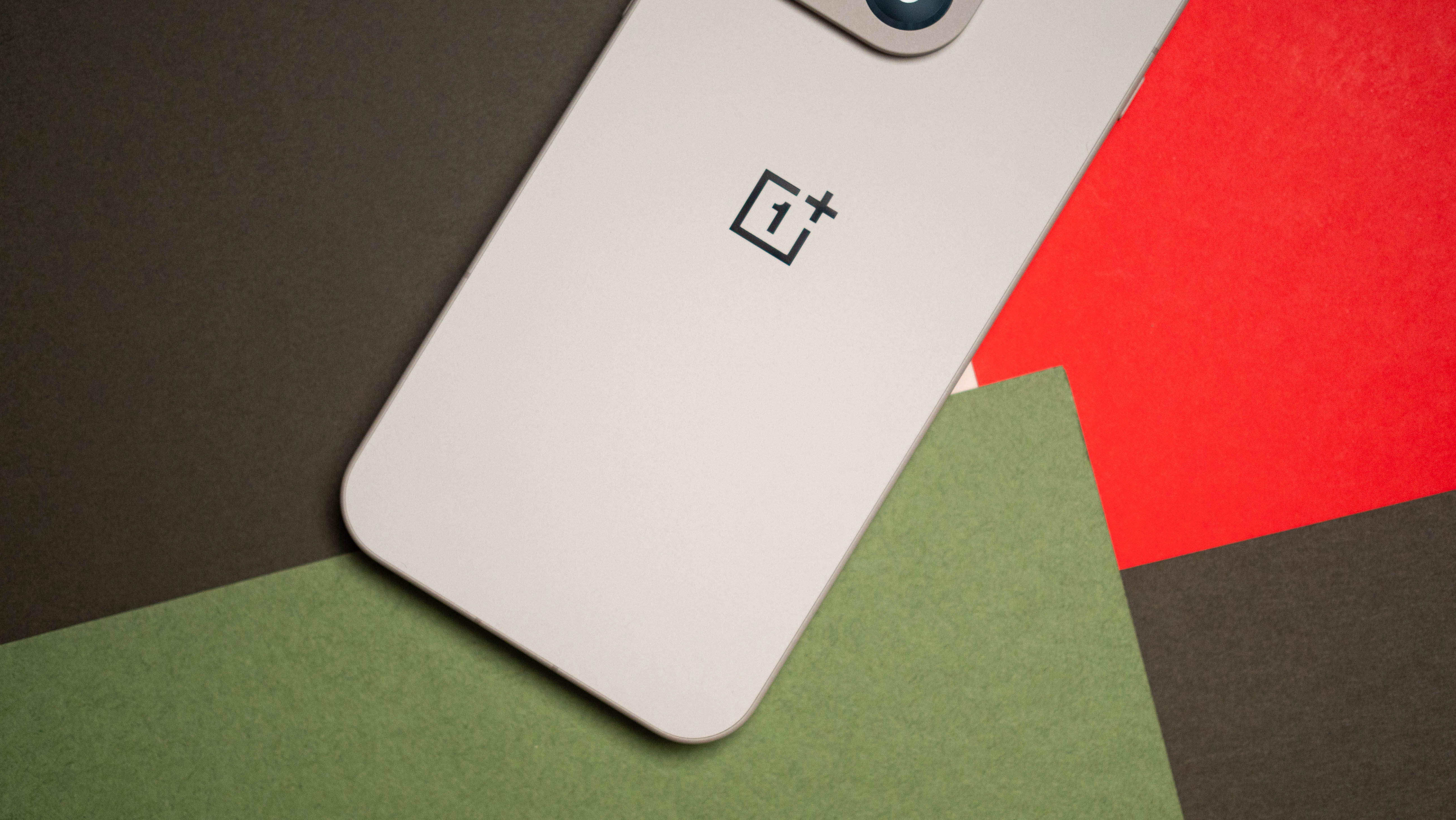Nothing Phone 3 vs. Phone 2: An expensive, hard-to-justify upgrade
A new dot matrix experience or the classic Glyph interface, which would you prefer?

A new chapter
The Nothing Phone 3 marks the brand's first flagship phone, at least, according to the company. In reality, it's the best Nothing phone yet, but it's lacking a top-tier chip and other features. Still, this device breaks the mold while delivering an excellent user experience.
Pros
- One-of-a-kind smartphone design with uniquely-arranged rear camera
- LED dot matrix display on the back
- Good battery life and fast charging
Cons
- Uses mid-tier Snapdragon 8s Gen 4 processor
- Runs Android 15 out of the box
- Loses out on LTPO support
- Expensive
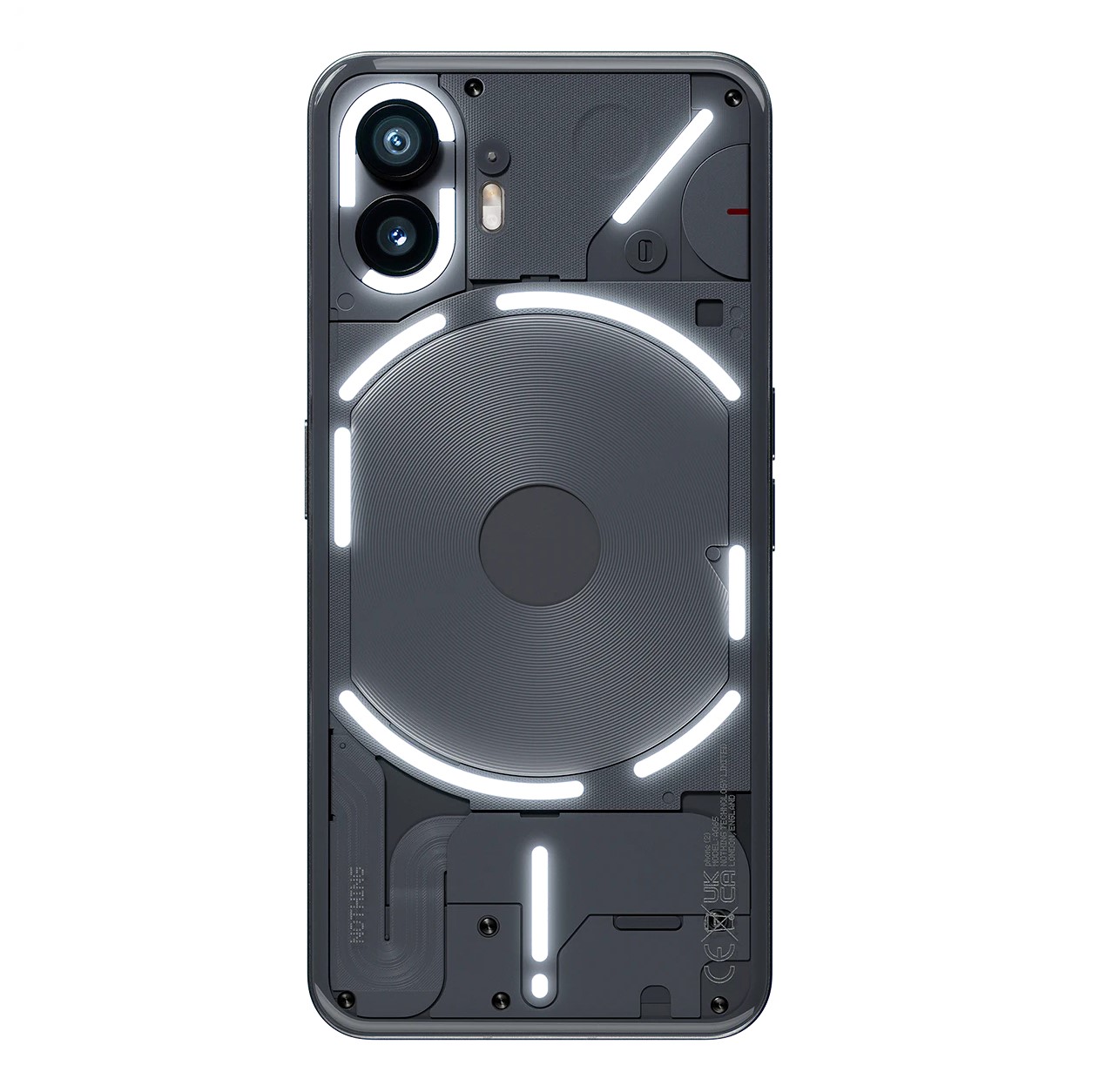
An oldie, but a goodie
Phone 2 was Nothing's first to earn a North American launch, and for good reason. The device feels premium, stylish, and powerful even two years later. It has the classic Glyph interface that put Nothing on the map in the first place, but is getting hard to find in 2025.
Pros
- Glyph interface with light strips on the back
- Decent 50MP main camera sensor
- Solid display with high PWM rate
Cons
- Qualcomm Snapdragon 8+ Gen 1 processor is getting old
- Limited secondary cameras
- Hard to find at good prices in 2025
Nothing took two years to perfect its hardware and software in the AI era before releasing the Phone 3 — a smartphone fully supported in North America with flagship pricing. It's the long-awaited successor to the Phone 2, a phone that debuted in 2023 at a more affordable price point. Now, the question is simple: did Nothing do enough to make the Phone 3 a great value at $800?
On paper, it seems like the answer is a firm "no." The Nothing Phone 3 lacks a flagship processor and key specs, like LTPO support. Still, the Phone 3 is the evolution of the Phone 2, so should Nothing fans upgrade? Let's see how the new Nothing Phone 3 stacks up against the Phone 2 and find out.
Nothing Phone 3 vs. Phone 2: Pricing and availability
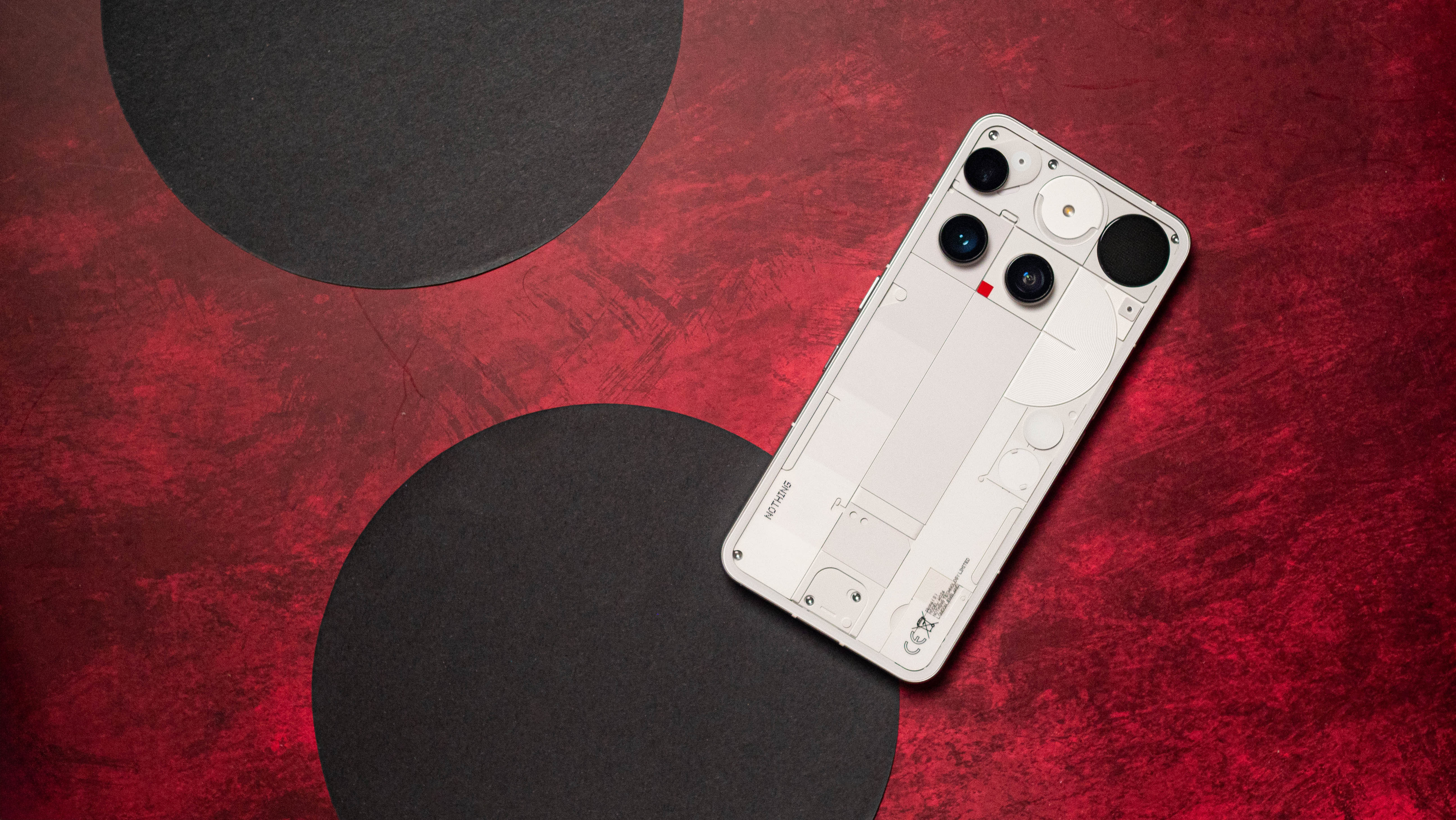
The Nothing Phone 3 became widely available worldwide on July 15, 2025. The phone costs $799 for the 12GB/256GB version, and $899 for the 16GB/512GB model. It's also available in Europe, the U.K., and India. You can get it in white or black colorways, and both get the customizable and interactive dot matrix display.
Meanwhile, the Nothing Phone 2 launched in 2023 and started at $599 USD / $929 CAD for the 8GB/128GB configuration. The smartphone could be equipped with up to 12GB of RAM and 512GB of storage for a higher cost. Now, two years later, it's hard to find new Phone 2 models at reasonable prices. It's no longer sold through the Nothing store, so you'll have to look at third parties and used markets.
Nothing Phone 3 vs. Phone 2: Design and display
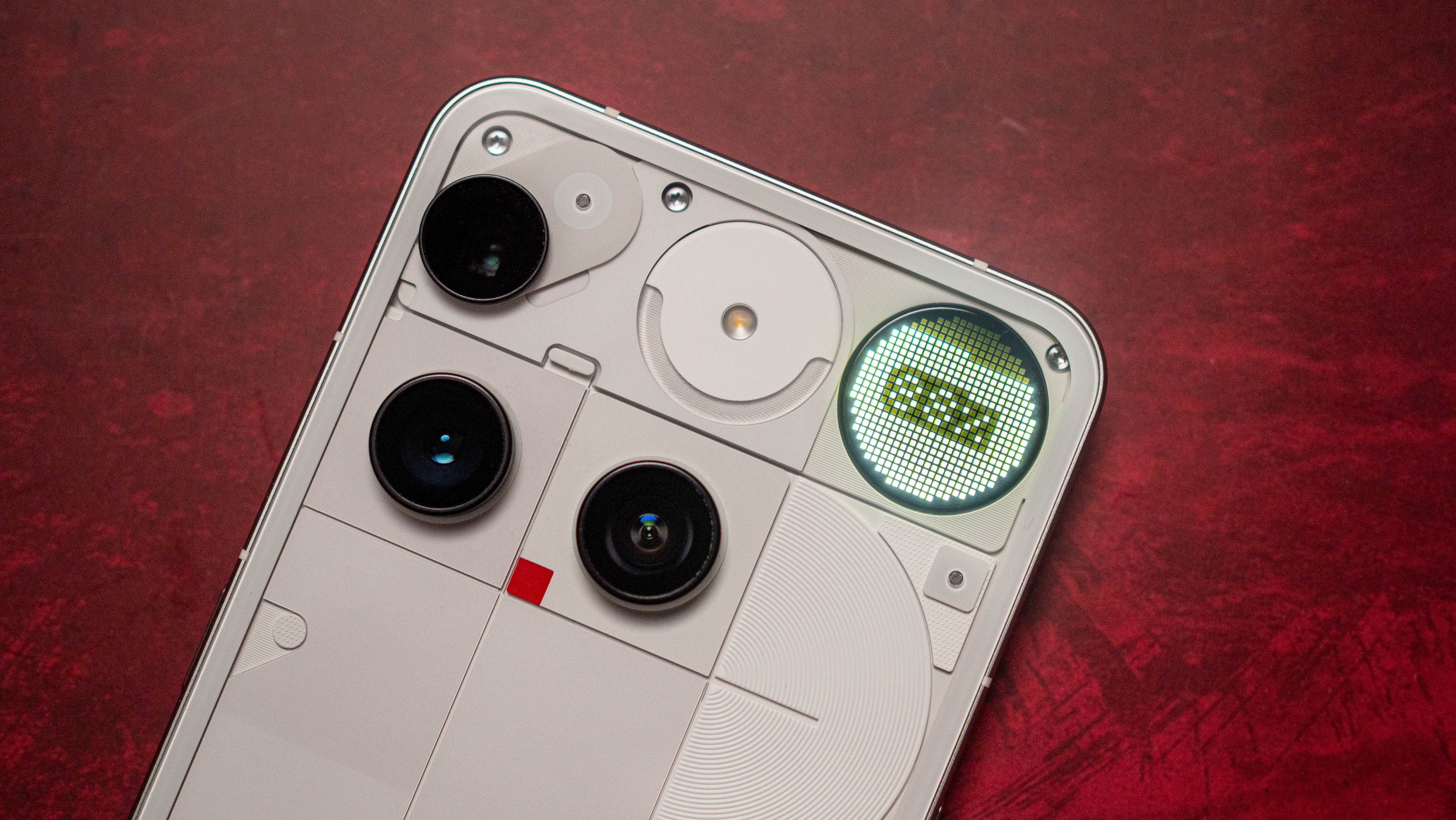
Nothing phones have never conformed to conventional design standards, but the Phone 3 diverts from the brand's own storied designs. Every Nothing phone to date, up until the Phone 3, has had a Glyph interface — a system of light strips that can be used for everything from notification and call alerts to serving as a makeshift flashlight.
The Nothing Phone 2 features the Glyph interface, but the Nothing Phone 3 leaves that design staple behind in favor of a dot matrix grid. It's a tiny display that's more versatile than the Glyph interface, showing things like battery life and fun elements like Glyph Toys.
Officially, Nothing calls this the Glyph Matrix. If you've seen the rear display on the Asus ROG Phone 9 Pro, you already have an idea of what to expect from the Phone 3's Glyph Matrix.
Get the latest news from Android Central, your trusted companion in the world of Android
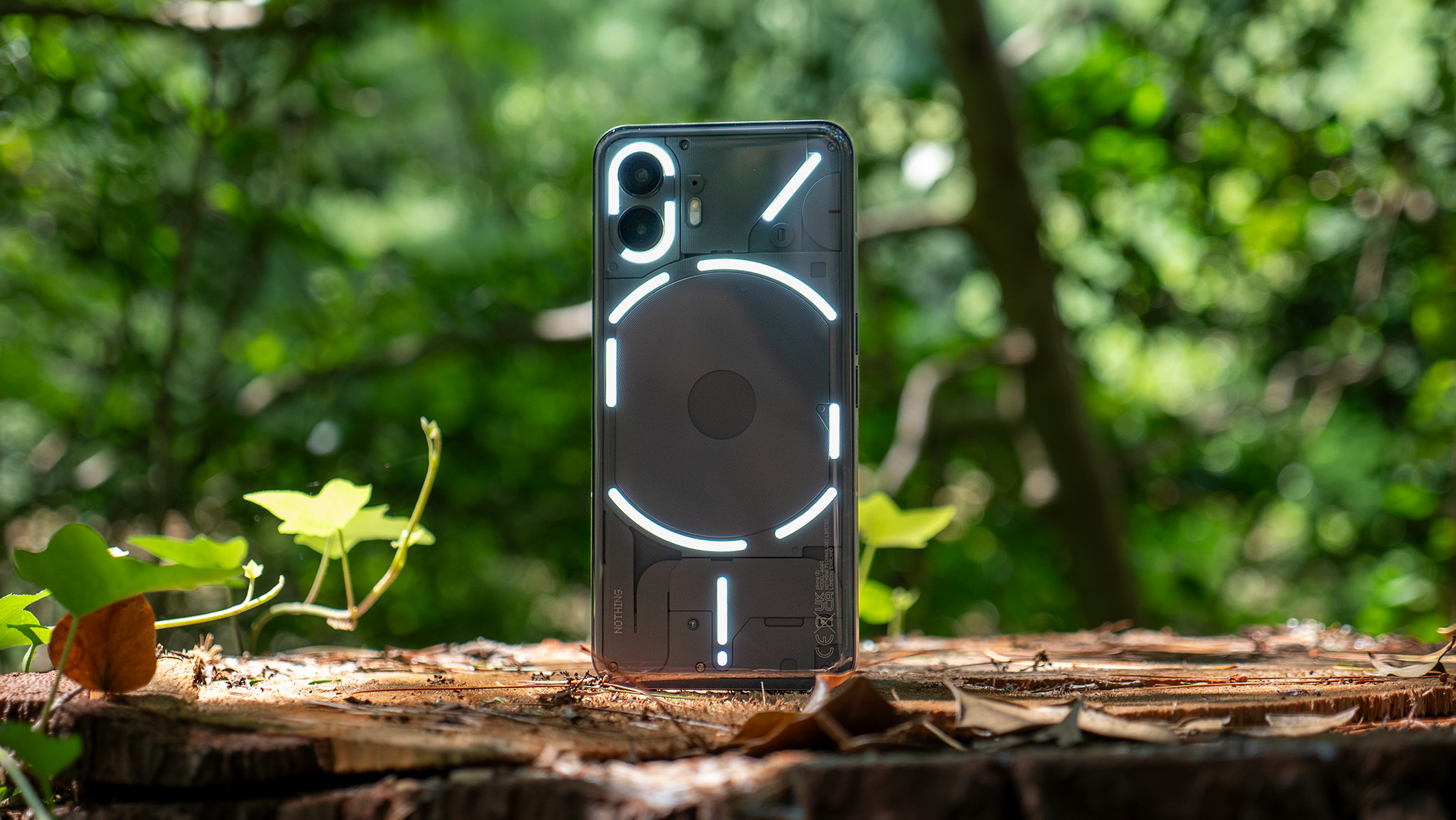
Otherwise, the Phone 3 and Phone 2 are quite similar in terms of form factor. The newer model is actually a bit smaller, sporting a 6.67-inch screen instead of the 6.7-inch panel found on its predecessor. Both use OLED displays with 1,600 nits of peak brightness and can hit 120Hz refresh rates. Unfortunately, neither phone is using advanced display technology like LTPO variable refresh rates or high brightness modes.
As such, the Nothing Phone 3 is more compact overall but is thicker, measuring 160.6 x 75.6 x 9mm. Meanwhile, the Phone 2 is thinner and lighter, measuring 162.1mm x 76.4mm x 8.6mm and weighing in at 201.2 grams. At 218 grams, the Nothing Phone 3 will feel noticeably heavier than the Phone 2.
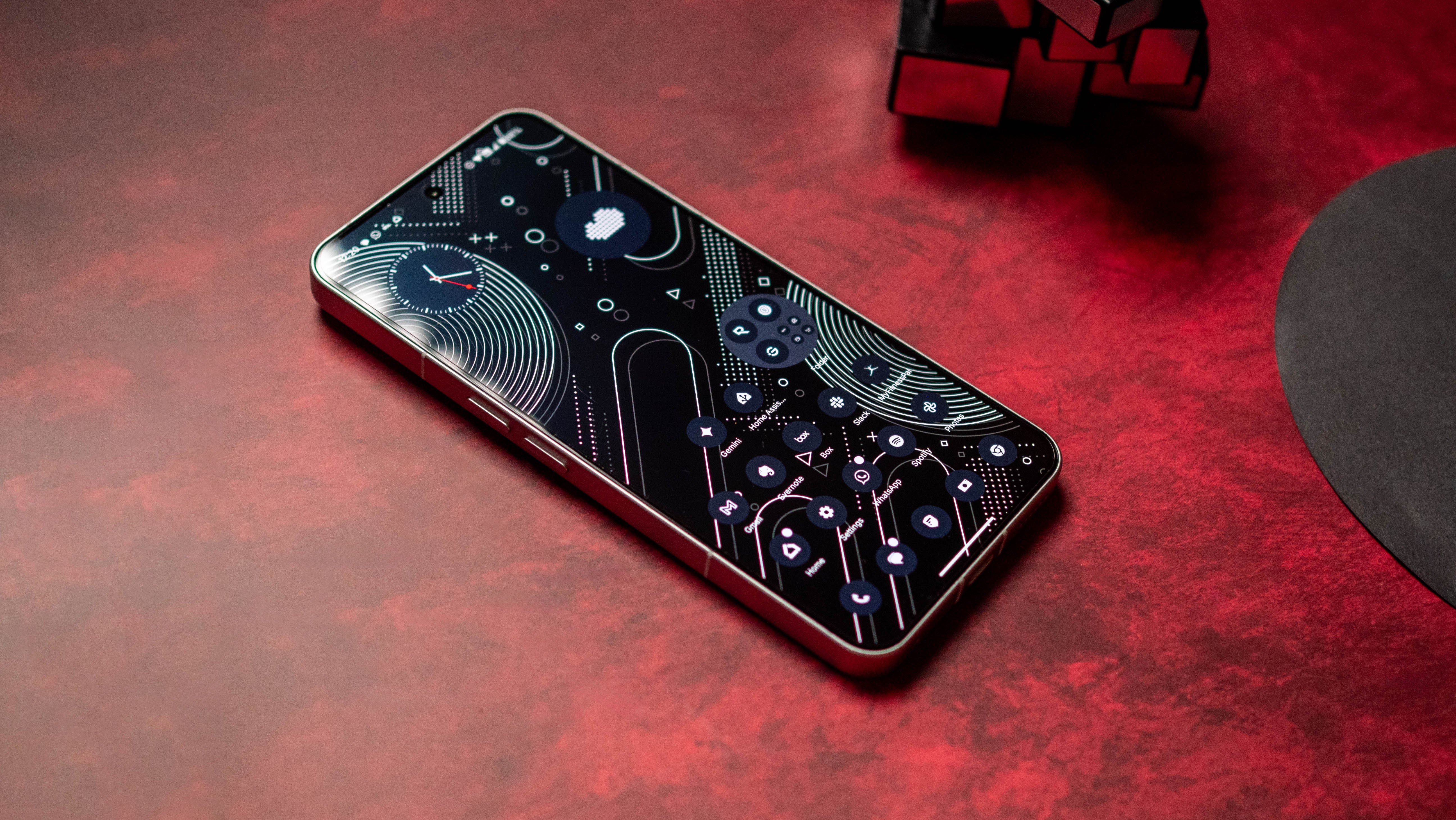
Nothing also made sure the Phone 3 stood out in a crowd with its unique rear camera arrangement. There are three lenses on the back, but they're all positioned individually across the top-left corner of the device. By comparison, the Phone 2 has two rear lenses neatly organized vertically, closely resembling an iPhone camera layout.
The Nothing Phone 3 received a much-needed durability upgrade, as it now supports IP68 dust and water resistance. With only an IP54 certification, the dust and water-resistance capabilities of the older Phone 2 lagged behind the competition.
Nothing Phone 3 vs. Phone 2: Hardware and specs
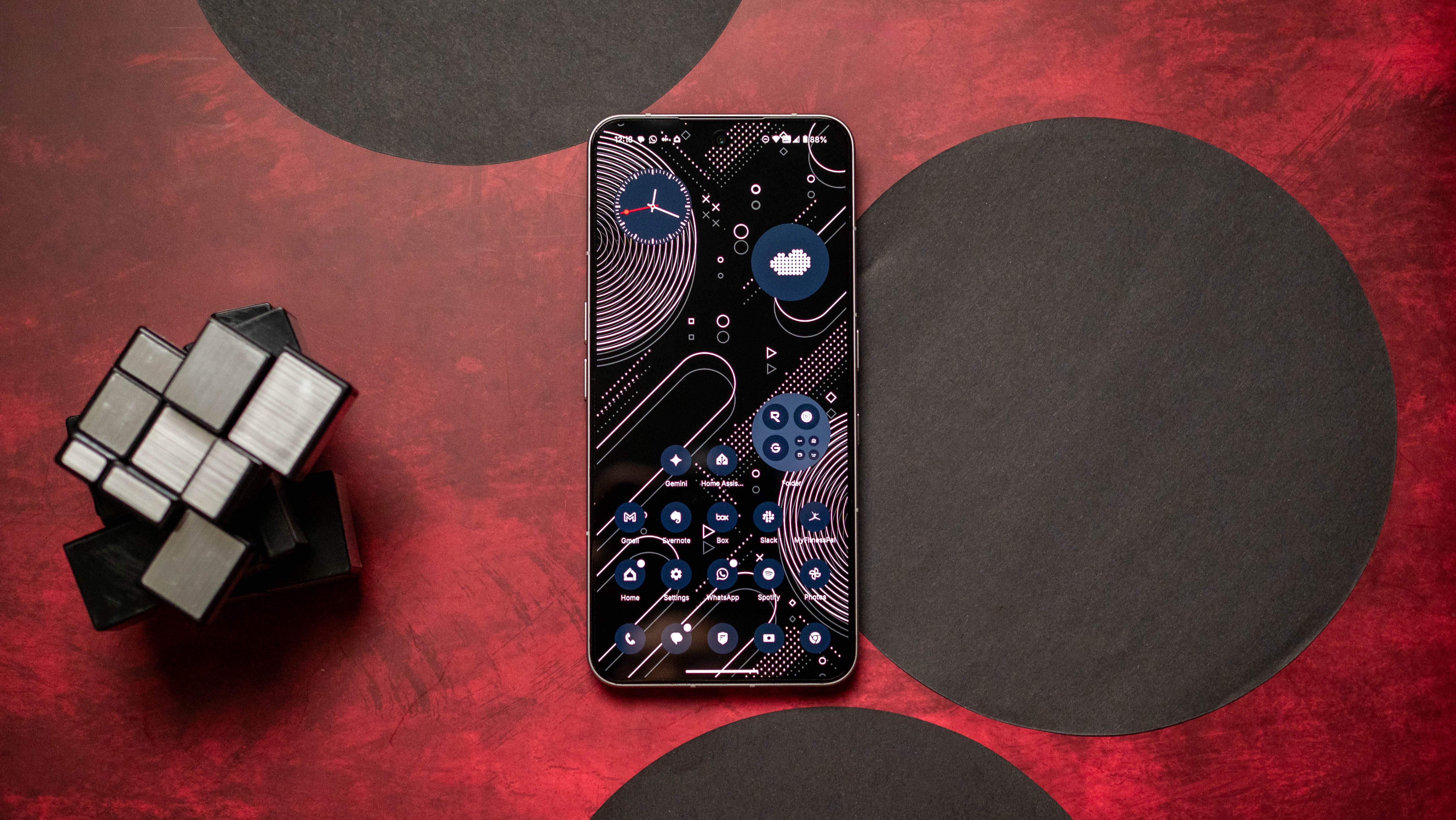
Nothing's positioning of the Phone 3 as a true flagship starts to fall apart when moving to the device's internals. It's using the Qualcomm Snapdragon 8s Gen 4, which is a current-generation chipset. However, the most powerful Android phones in 2025 are powered by the Qualcomm Snapdragon 8 Elite mobile platform — it's the best there is. Without it, the Nothing Phone 3's peak performance is limited.
With that being said, this chipset will make the Phone 3 feel much faster than the Phone 2 it replaces. The Nothing Phone 2 is equipped with the Qualcomm Snapdragon 8 Plus Gen 1 mobile platform, and it's an older processor that isn't positioned well for the AI era. Additionally, you could make the argument that like the Nothing Phone 3, Google Pixel phones and their Tensor processors will lose to Snapdragon 8 Elite-powered flagships in raw performance.
Still, when you can get phones like the OnePlus 13 for only a few bucks more, it makes paying $800 for the Nothing Phone 3 a tough sell.
Category | Nothing Phone 3 | Nothing Phone 2 |
|---|---|---|
Display | 6.67-inch 120Hz OLED, Gorilla Glass 7i, 1,600 nits max | 6.7-inch 120Hz OLED (LTPO), 2142 x 1080 (394 PPI), 1,600 nits peak brightness, Gorilla Glass |
OS | Nothing OS 3.5 based on Android 15 | Nothing OS 2 based on Android 13 (upgradeable) |
Chipset | Qualcomm Snapdragon 8s Gen 4, Adreno 825, 4nm node | Qualcomm Snapdragon 8 Plus Gen 1 |
RAM | 12GB/16GB | 8GB or 12GB |
Storage | 256GB/512GB UFS 4.0 | 128GB, 256GB, 512GB |
Rear camera 1 | 50MP f/1.7 OmniVision OV50H, OIS | 50MP, Sony IMX890, ƒ/1.88, 1.0μm, 1/1.56-inch sensor size, OIS and EIS |
Rear camera 2 | 50MP f/2.7 ISOCELL JN5, 3x optical zoom, OIS | 50MP, Samsung JN1 sensor, ƒ/2.2, 0.64μm, 1/2.76-inch sensor size, 114-degree FoV, EIS |
Rear camera 3 | 50MP f/2.2 ISOCELL JN1 wide-angle | N/A |
Front camera | 50MP ISOCELL JN1, 4K60 video | 32MP, ƒ/2.45, 1/2.7-inch sensor size |
Ingress protection | IP68 dust and water resistance | IP54 dust and water resistance |
Connectivity | Wi-Fi 7, Bluetooth 6.0, NFC, Dual-band GPS, AptX HD | Bluetooth 5.3, NFC, Wi-Fi 6, 5G Sub-6 |
Security | Optical fingerprint sensor | In-display fingerprint sensor |
Audio | USB-C, stereo sound | Stereo speakers, 3 microphones with noise suppression |
Battery | 5,150mAh silicon-carbon battery (5,500mAh in India), 65W USB PD charging, 15W wireless charging | 4,700mAh |
Dimensions | 160.6 x 75.6 x 9mm; 218g | 162.1mm x 76.4mm x 8.6mm; 201.2g |
Colors | White, Black | White, Dark Gray |
Compared to Phone 2, the Nothing Phone 3 has the key advantage of having more base RAM and storage. By default, the Phone 3 ships with 12GB of memory and 256GB of storage. Meanwhile, the Phone 2 started out at just 8GB of memory and 128GB of storage. There's even a top-tier Phone 3 configuration featuring 16GB of RAM and 512GB of storage.
Connectivity also gets a huge upgrade on the Nothing Phone 3. It supports Wi-Fi 7 and Bluetooth 6, which are the latest and greatest available. It's a major boost compared to Wi-Fi 6, Bluetooth 5.3 support on the Phone 2.
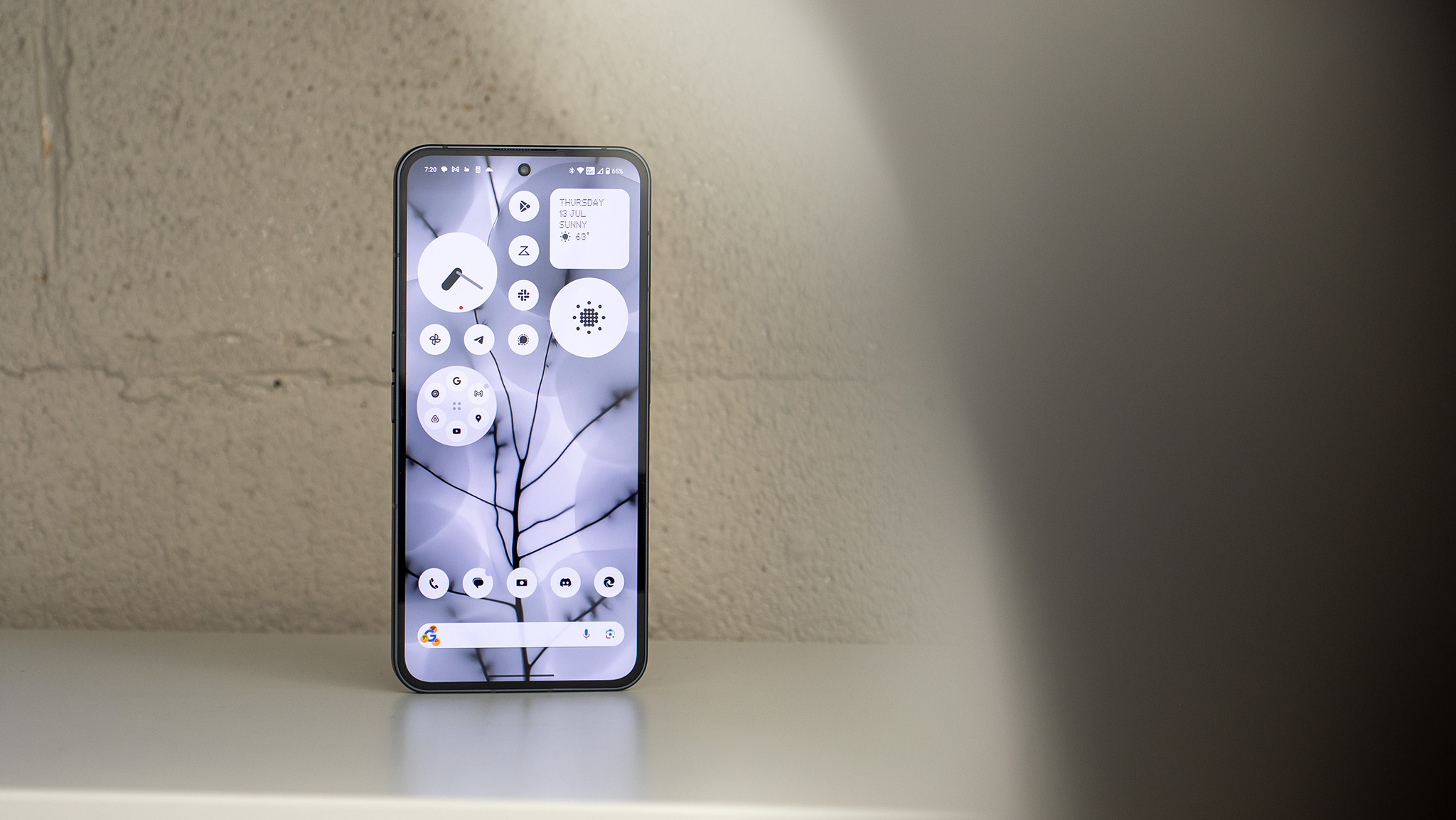
Both devices run Nothing OS, a custom Android skin that feels familiar to stock Android with a few twists. However, the Phone 2 started out with Nothing OS 2, based on Android 13. The Nothing Phone 3 is Android 15-based, running Nothing OS 3.5. The newer model will also stay supported for longer — it gets five years of Android OS upgrades and seven total years of security patches.
Nothing Phone 3 vs. Phone 2: Cameras
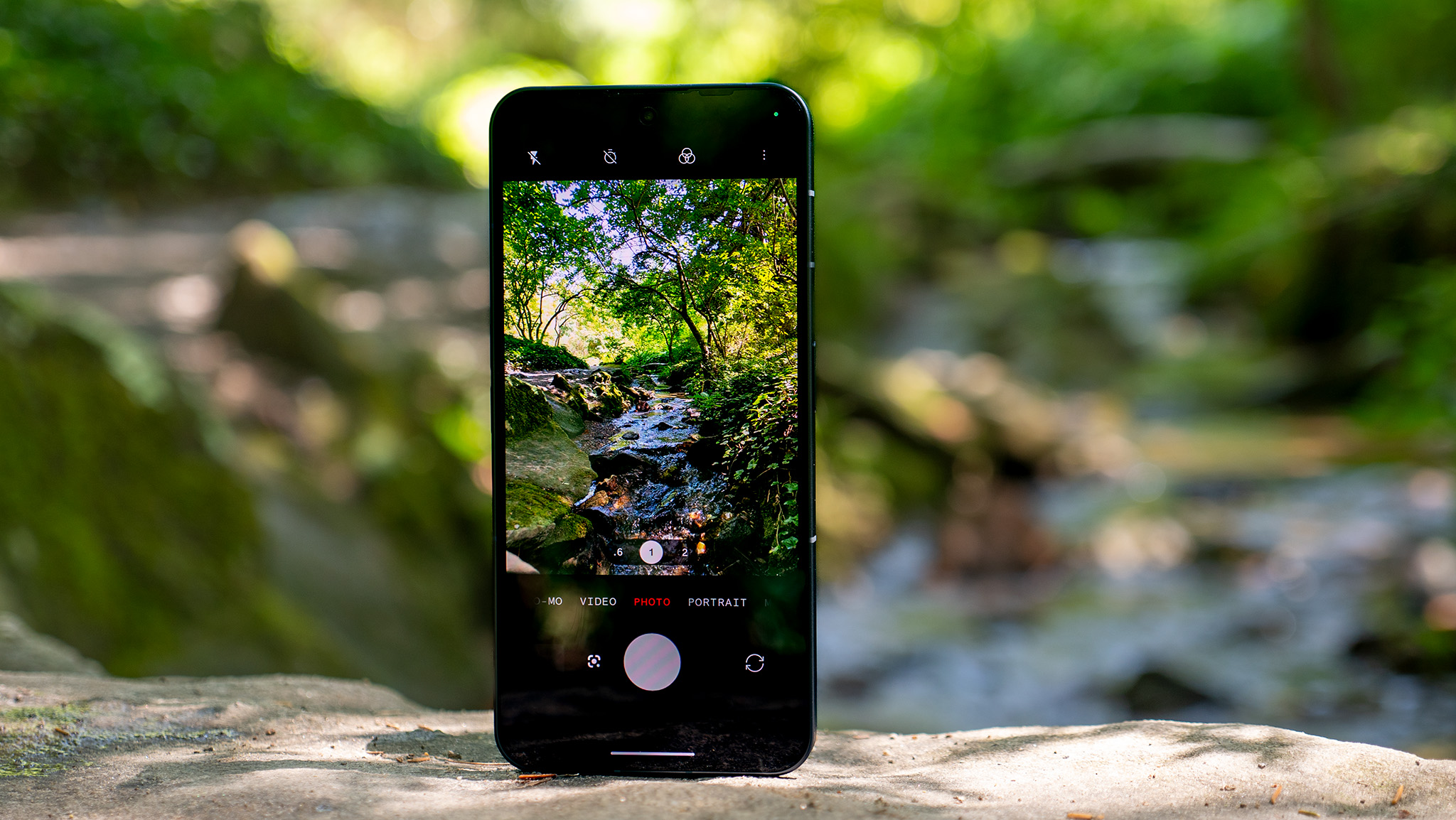
With four 50MP camera sensors — three on the back, one on the front — the Nothing Phone 3's offerings are firmly in flagship territory. The whole experience is centered around the 50MP, f/1.7 main OmniVision OV50H lens with a 1/1.3-inch sensor size and OIS. In our testing, this primary shooter can handle daytime shots and low-light situations with ease, and luckily avoids oversaturation and aggressive smoothing.
The secondary lenses are a 50MP telephoto camera with 3x optical zoom and a 50MP wide-angle lens. Interestingly, that same wide-angle lens is also found on the front as the selfie camera.
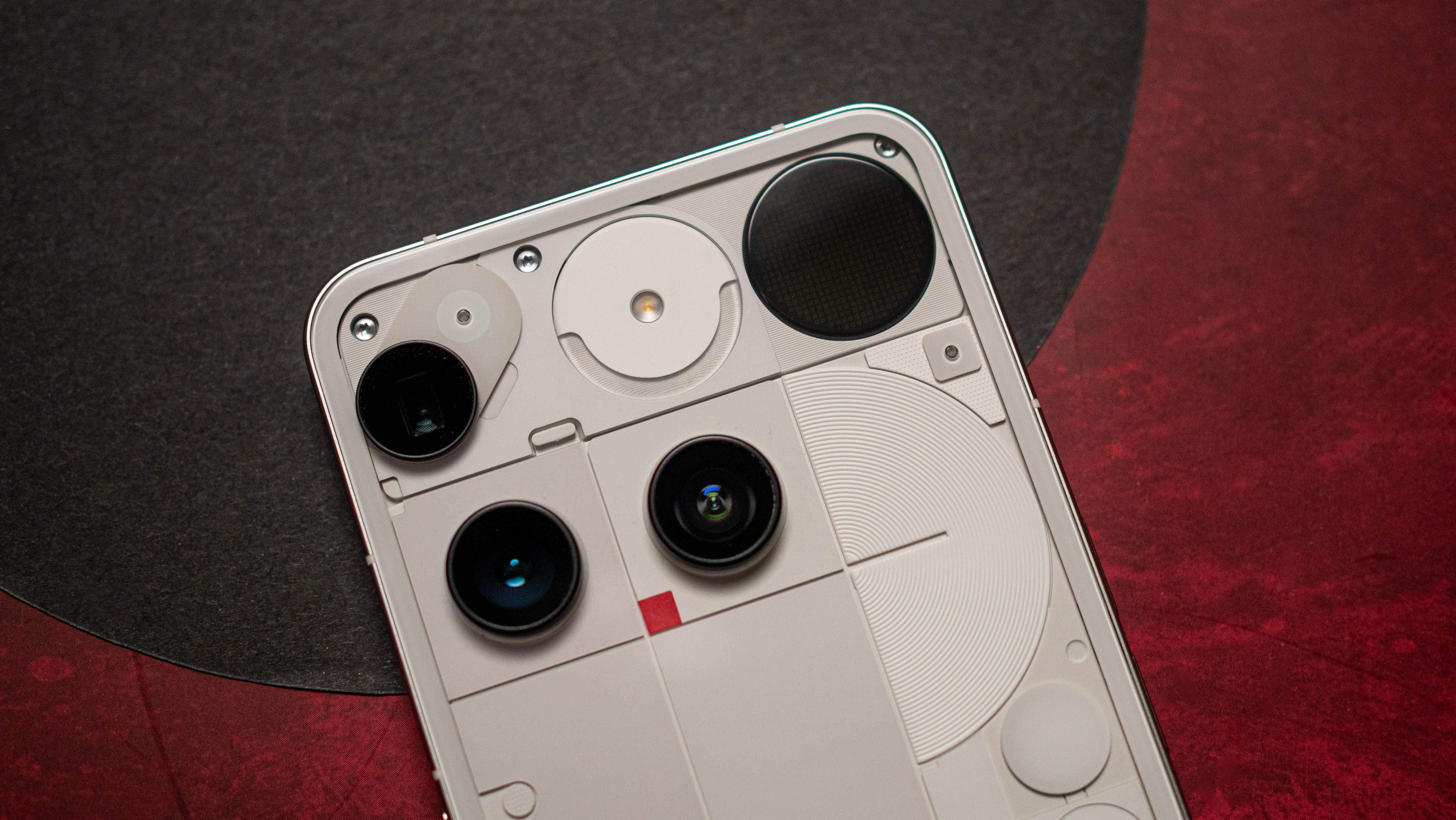
The Nothing Phone 2 only has two rear cameras, and the Samsung JN1 wide-angle lens on the back is the same as that found on the Phone 3. The Phone 2's main sensor is a 50MP, f/1.88 lens from Sony, and it represented a significant improvement compared to its predecessor. Nothing seemingly made a similar jump with the Phone 3, as it has an upgraded primary camera from the Phone 2.
Nothing Phone 3 vs. Phone 2: Which should you buy?
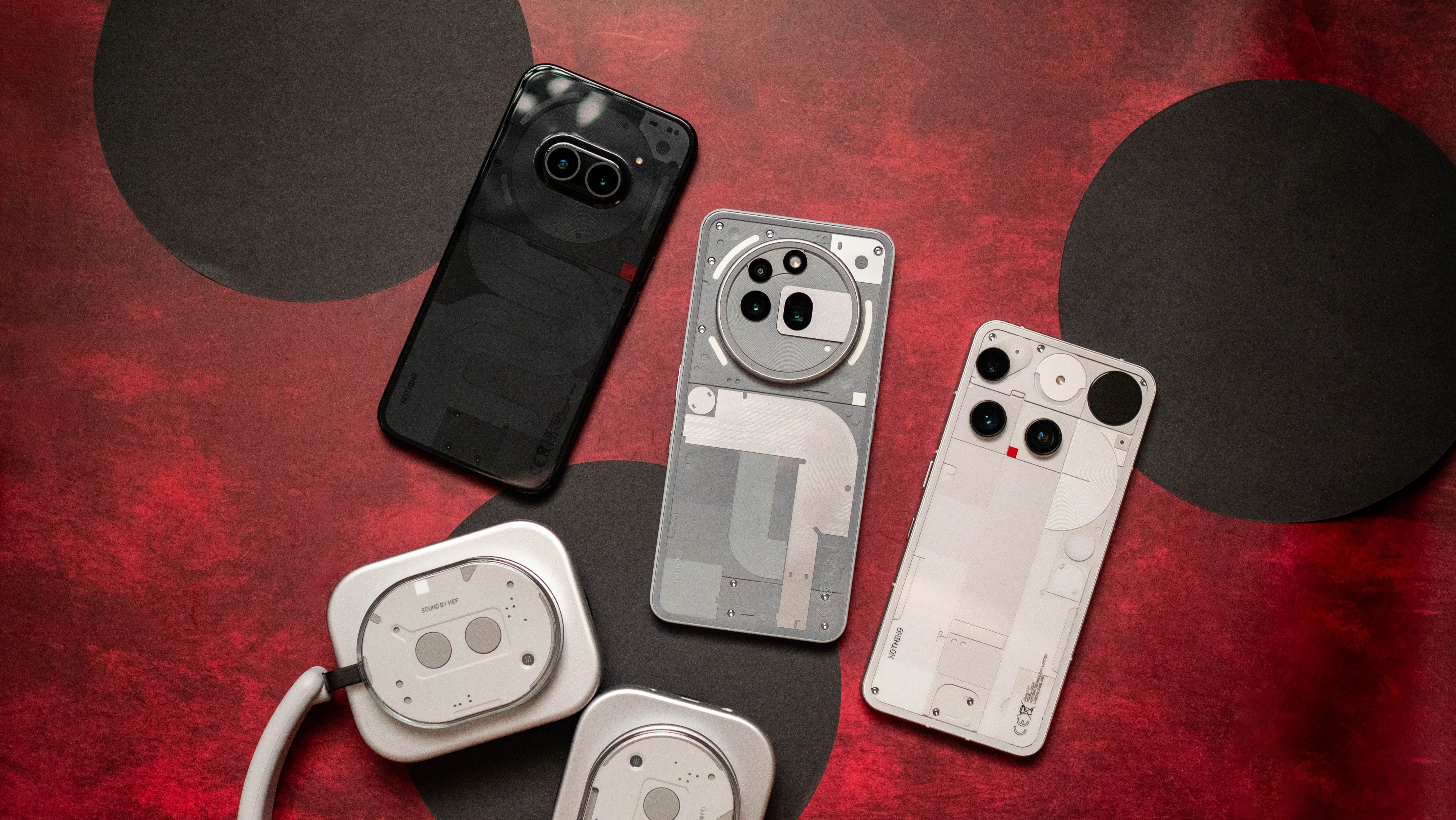
For people disenfranchised by the modern smartphone market, the Nothing Phone 3 is still like a breath of fresh air. Its unique design, rear dot matrix display, and willingness to take risks make it unlike any other phone on the market in North America. Only this time, the value proposition is different. Instead of the Phone 3 undercutting flagship prices, it matches them while delivering less advanced hardware.
That makes the Phone 3 a tough sell unless you really believe in the Nothing mission and owning a device that stands out. It's certainly not as great a bargain as the Phone 2, but that doesn't mean it isn't a joy to use. There are just better-value phones out on the market today, like the Google Pixel 9, which also starts at $800.

Paying a premium
The Nothing Phone 3 is a great phone, but you're being forced to pay more for the Nothing experience. Basically, if you want to stand out and have unique features like the dot matrix rear display, the Phone 3 is for you. Otherwise, you can get further by spending $800 on another phone.

Worth holding onto
If you have a Nothing Phone 2 and it's still working great, you might not need an upgrade. However, phone tech has vastly improved in the midrange sector over the last two years, making the Phone 2 less viable to buy new in 2025.

Brady is a tech journalist for Android Central, with a focus on news, phones, tablets, audio, wearables, and software. He has spent the last three years reporting and commenting on all things related to consumer technology for various publications. Brady graduated from St. John's University with a bachelor's degree in journalism. His work has been published in XDA, Android Police, Tech Advisor, iMore, Screen Rant, and Android Headlines. When he isn't experimenting with the latest tech, you can find Brady running or watching Big East basketball.
You must confirm your public display name before commenting
Please logout and then login again, you will then be prompted to enter your display name.
